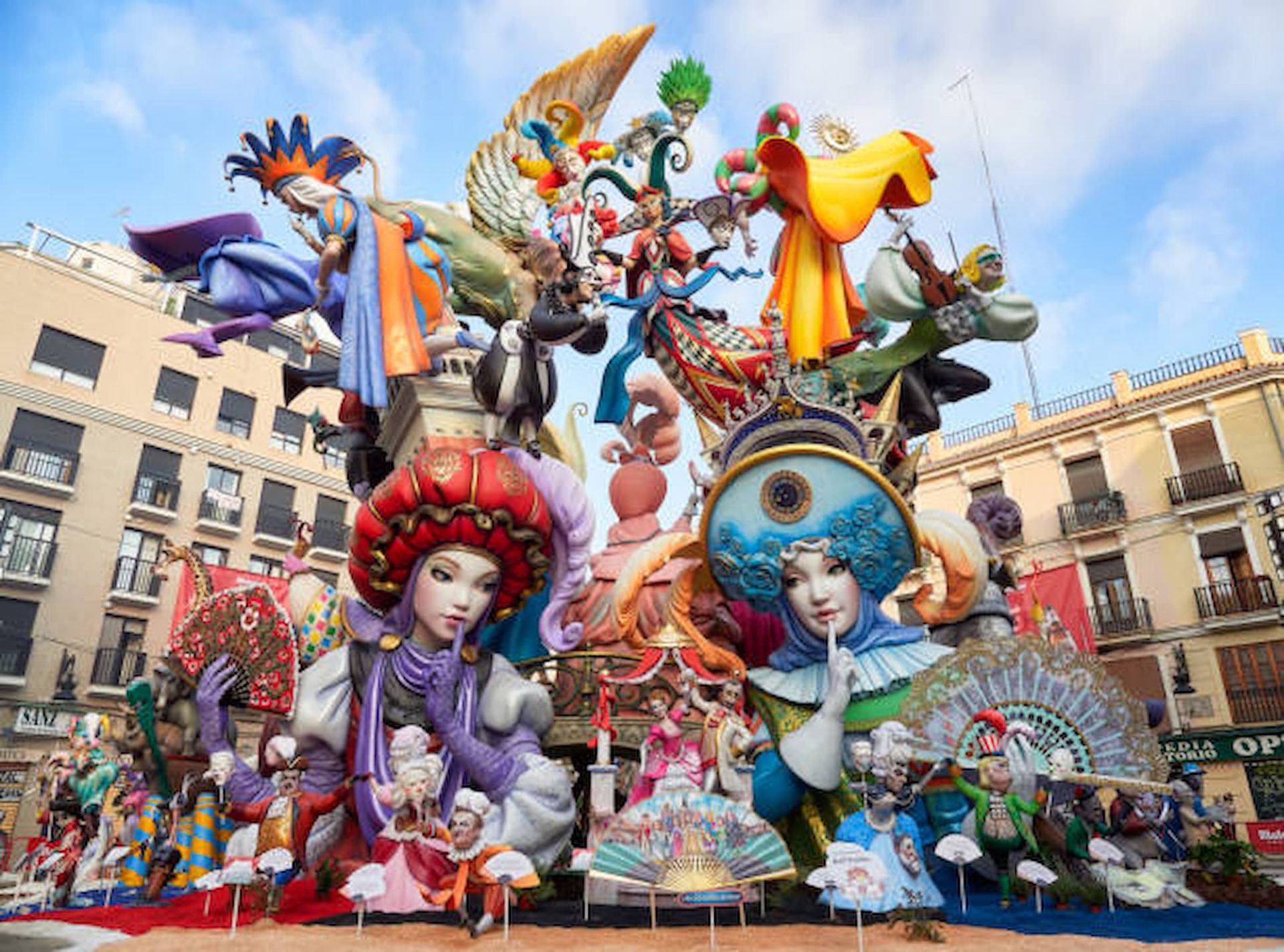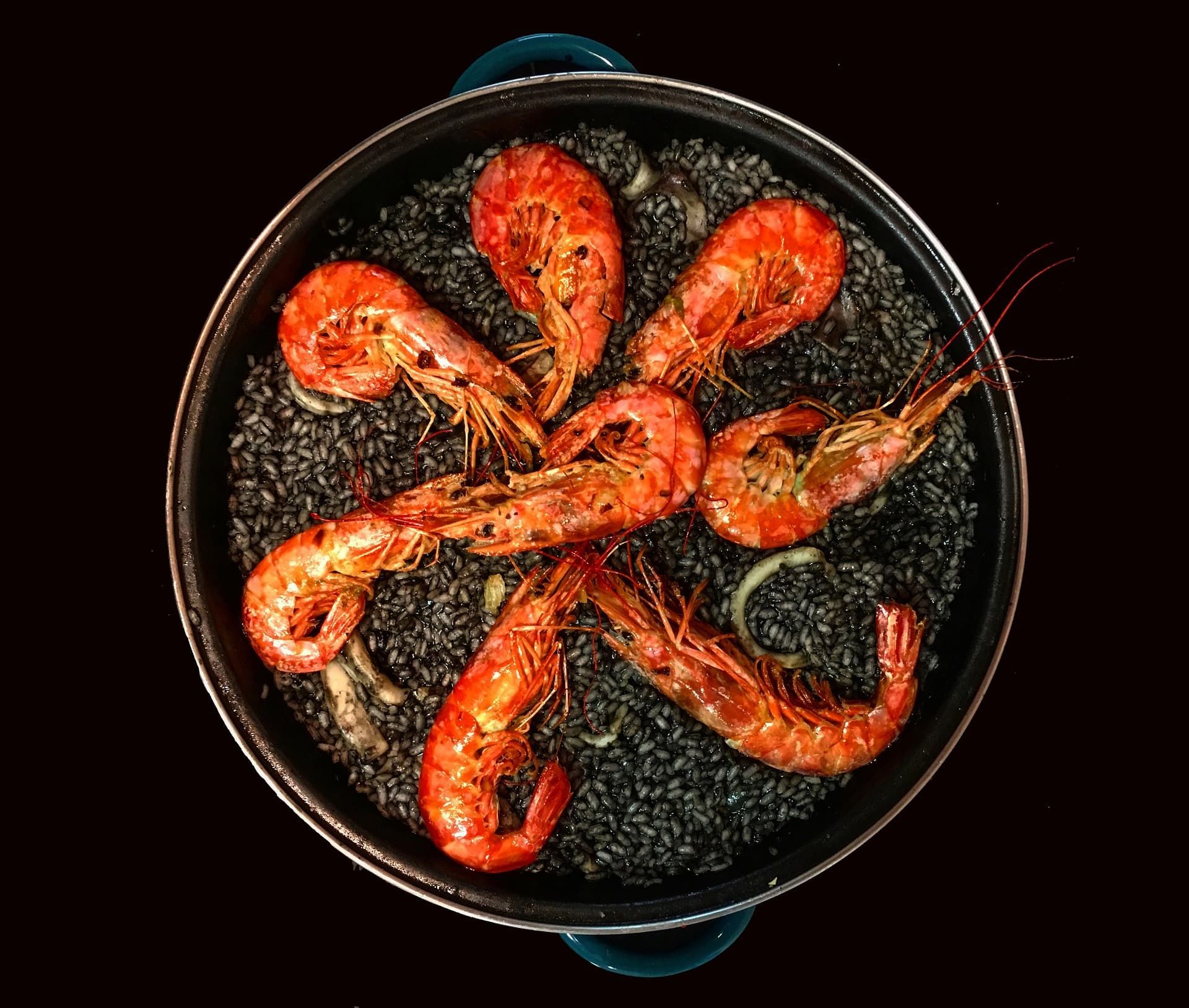
Falla Monuments: Ephemeral Art in Valencia
The programming of the Fallas in Valencia, during the month of March, revolves around the fallero monuments. This type of artistic work has very special characteristics, with temporality being one of the most important. The celebration of the Cremà marks a turning point in fallero art, symbolizing the significance of fire. Here, we present some of the most prominent fallero artists and delve into the value of an ephemeral art admired internationally.
The creative and constructive process of fallero monuments
Starting from the original sketch, the artist shapes a sculptural composition known for its considerable height. The initial design pays high attention to detail since it will later be represented at full scale. Cardboard is one of the standout materials. However, the creative process also evolves beyond craftsmanship with the use of new techniques and resources, allowing for the creation of large and lightweight compositions.
Highlighted profiles: fallero artists leaving a mark
The Fallas also pay homage to the talent of artists who are involved in the creative process throughout the year. Some authors have gained significant recognition in this context. From an artistic perspective, the trajectory of Pedro Santaeulalia, a reference in this field, is directly linked to his family’s legacy—a saga spanning several generations. Juan Canet’s name and legacy also stand out in the history of Fallas, an artist with a style influenced by baroque.
Meanwhile, Mario Pérez has won various awards. Paco Mesado Poveda has an extensive career backed by very original creations with a realistic aesthetic. Undoubtedly, the list extends with the contribution of numerous artists whose works have brought the streets of the city to life at some point. One of the foremost figures in the history of Fallas is Manolo Algarra, with hyperrealism being a prominent feature in the works that make up his valuable legacy.
Fallas are very present in Valencia’s culture throughout the year, beyond the artists’ workshops where the creative process unfolds. If you visit the city at any other time, you can make time to discover the Fallero Museum, delving into the history and evolution of the festival through the works that are part of the collection. It is located at Plaza Monteolivete, number 4. If you visit the museum, you’ll have the chance to see ninots that had a different fate than other sculptures and were pardoned over the years.
Symbolism and cultural messages in ephemeral sculptures
Fallas stand out for their large proportions and their ability to universally communicate feelings and emotions. However, if there’s one element that comes to life through the compositions integrated into the city’s squares and streets, it is undoubtedly humor. This humor materializes through irony, excess, and the use of satire; the authors express a visual message. Beyond attention to detail, ornamentation, originality, or the beauty of a proposal, some Fallas can align with social critique. Therefore, Fallas can become a means to delve into a relevant message linked to a current issue.
These works have a brief lifespan as they are destroyed with the rhythm of fire. Each project culminates after many hours of dedication, work, and attention to detail. Fallas become integrated into the cityscape, exhibited in streets and squares. Finally, fire, besides being a symbol of the festivities, transforms into a visual metaphor hiding a profound meaning: it evokes the power of renewal that accompanies an annual festival welcoming spring. In conclusion, Fallas are an expression of teamwork, the value of tradition, craftsmanship, and creativity.
The festivals have a significant impact through their coverage in various media. Although their magic is transmitted primarily from generation to generation within families (as evidenced by the testimony and formation of great artist sagas).
The ephemeral legacy of fallero monuments
There are different types of art and styles to discover during a trip to Valencia. While other creations stand out for their permanence over time, Fallas have an ephemeral nature that adds intensity to the celebration. The events and activities that are part of the Fallas program, transforming the city’s rhythm during the month of March, foster intergenerational encounters, unity, collaboration, social cohesion, and community strengthening. The beauty of the festival is in the air from March 1st, but the intensity of the celebration increases between the 15th and 19th. It is a type of art that is also closely linked to culture and traditions.
As Intangible Heritage of Humanity, Fallas attract people from different national and international destinations every year. One of the most noteworthy events comes with the night of the Cremà, which, besides being a key moment for this type of ephemeral art, also reaches a social and emotional dimension in those who admire an unrepeatable image representing the power of tradition, transformation, and renewal. If you travel to Valencia during the month of March, you can experience the magic of Fallas in its fullest expression.

